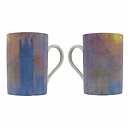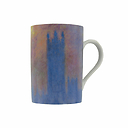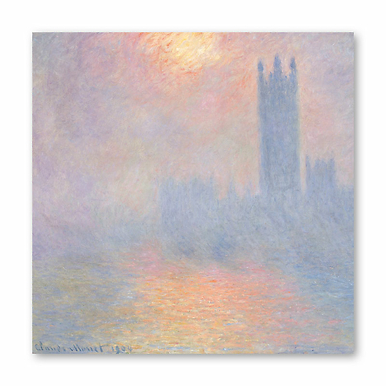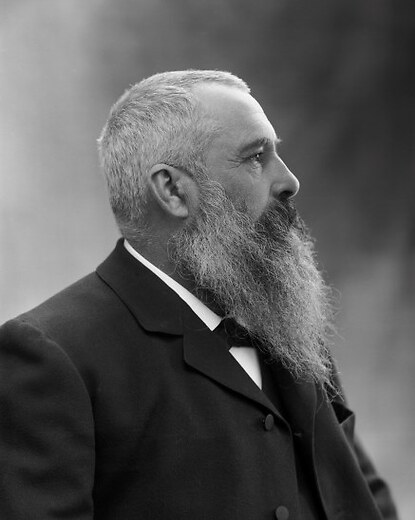Mug Claude Monet - The Parliament
CU300406
The motive of the Parliament of London appears insistently in the work of Monet in 1900. It was mostly observed by the painter from a terrace of St. Thomas Hospital located on the opposite bank of the river, near the Westminster Bridge.
Monet's London production, which also includes views of the Charing...
Read more
The motive of the Parliament of London appears insistently in the work of Monet in 1900. It was mostly observed by the painter from a terrace of St. Thomas Hospital located on the opposite bank of the river, near the Westminster Bridge.
Monet's London production, which also includes views of the Charing Cross and Waterloo bridges, is actually dominated by variations in the light and atmosphere of the famous "fog", the fog that enveloped the city at night. 19th century, especially in autumn and winter.
An unreal and ghostly silhouette, Parliament emerges as an apparition. Stone architecture seems to have lost all consistency. Sky and water are painted with the same tones, dominated by mauve and orange. The key is systematically fragmented into multiple colored spots, to make the density of the atmosphere and the mist. Paradoxically, these impalpable elements are all the more tangible as the building is evanescent, as it dissolves in the shadows.
Close
Login to see prices
Sold by GrandPalaisRmn






